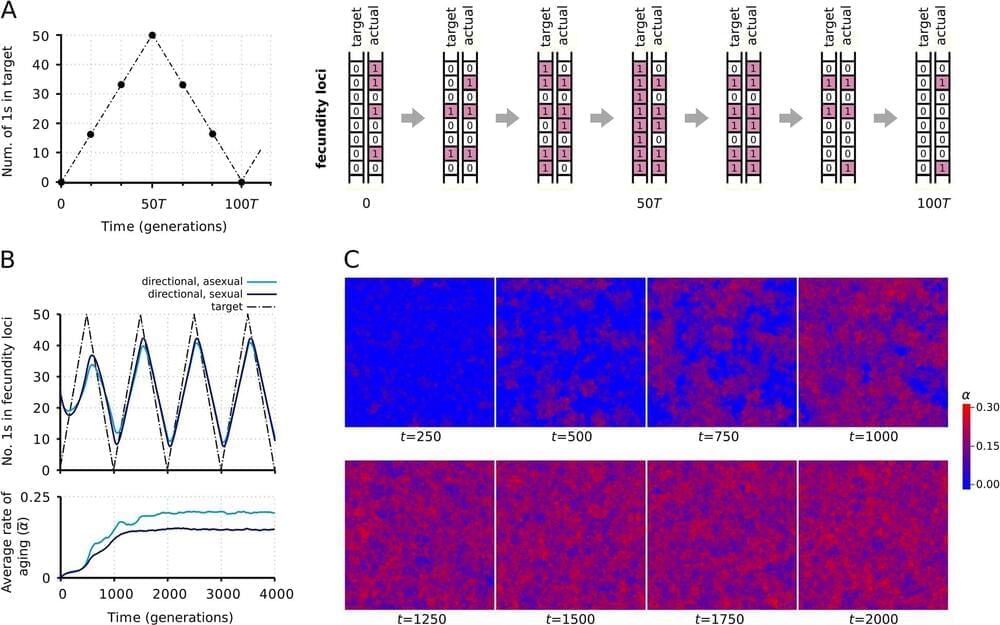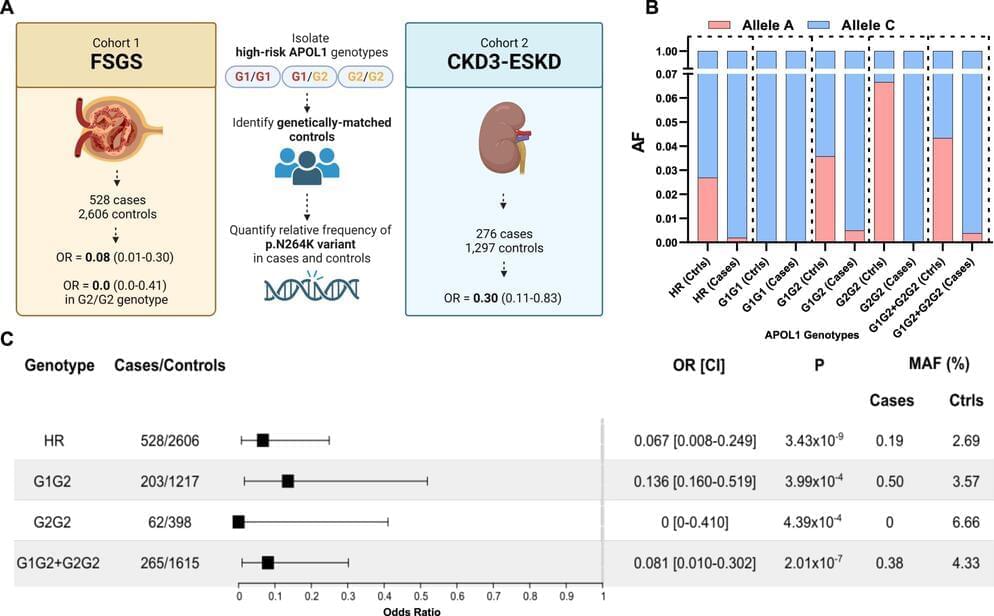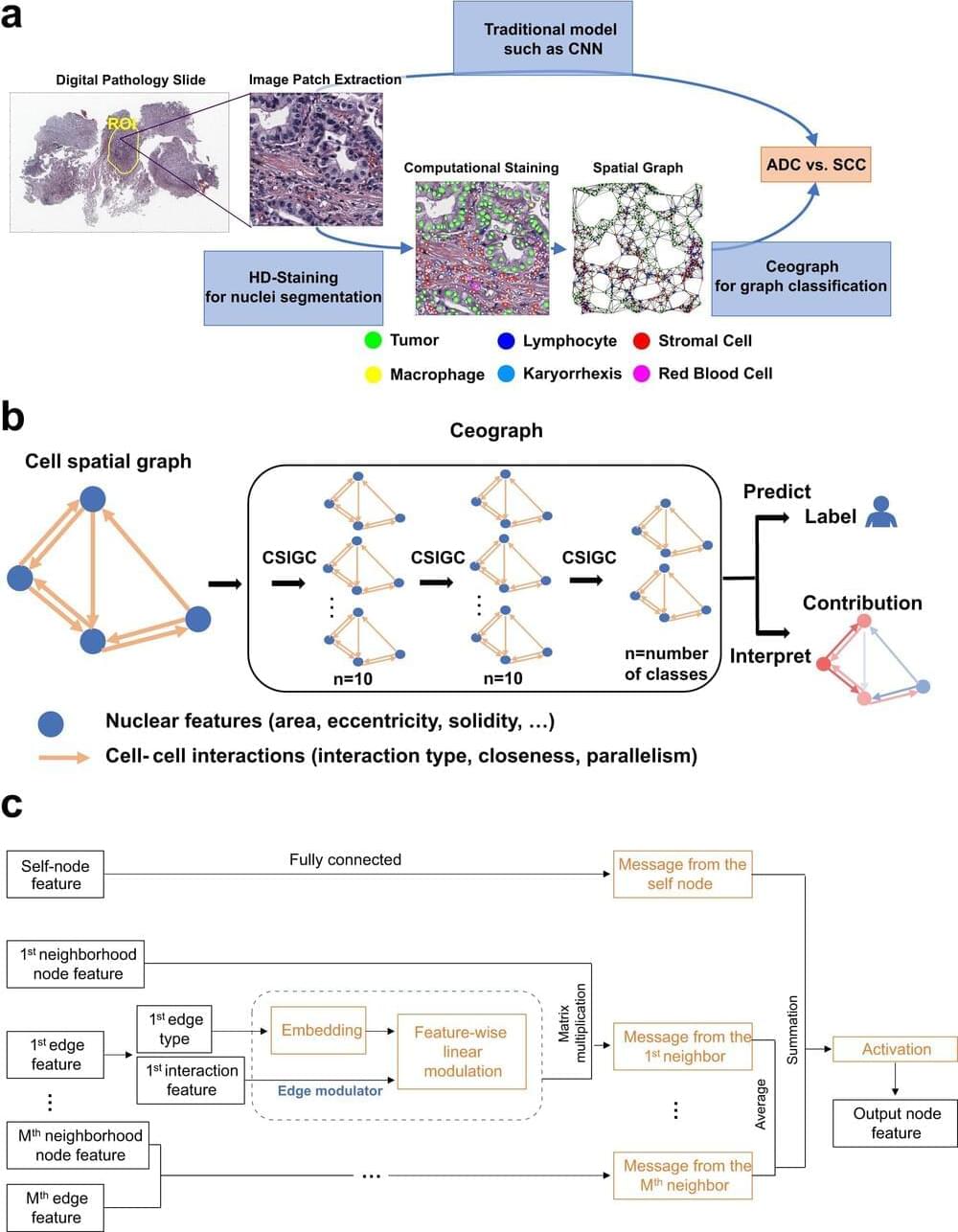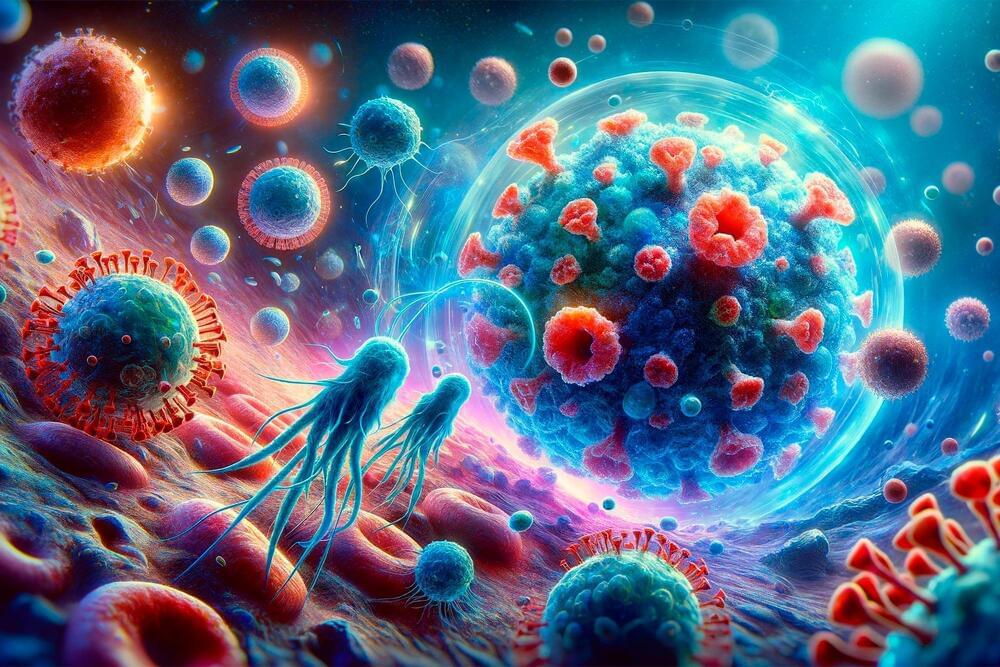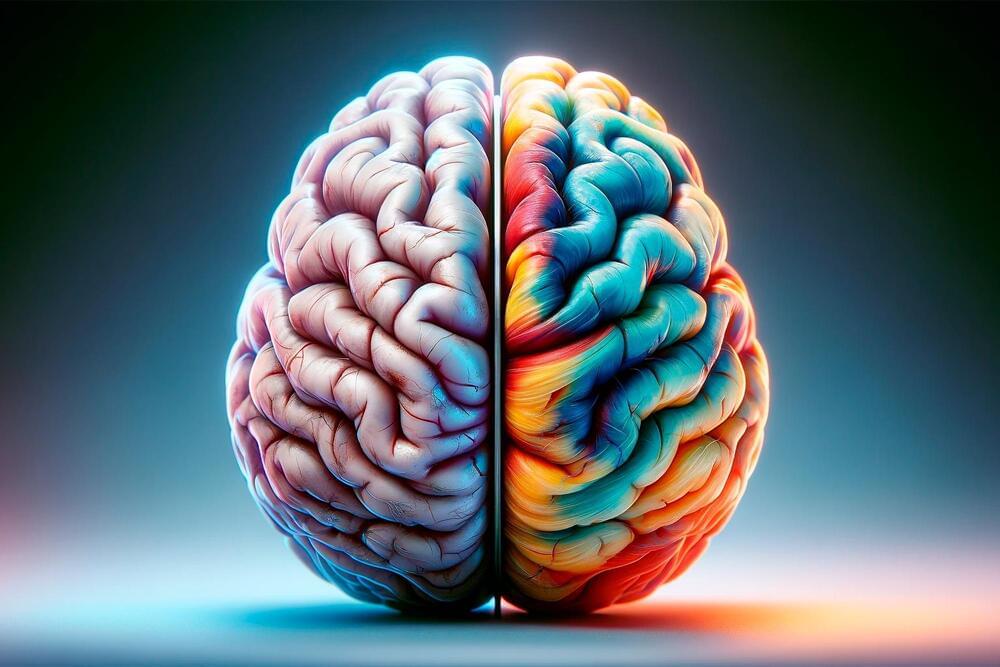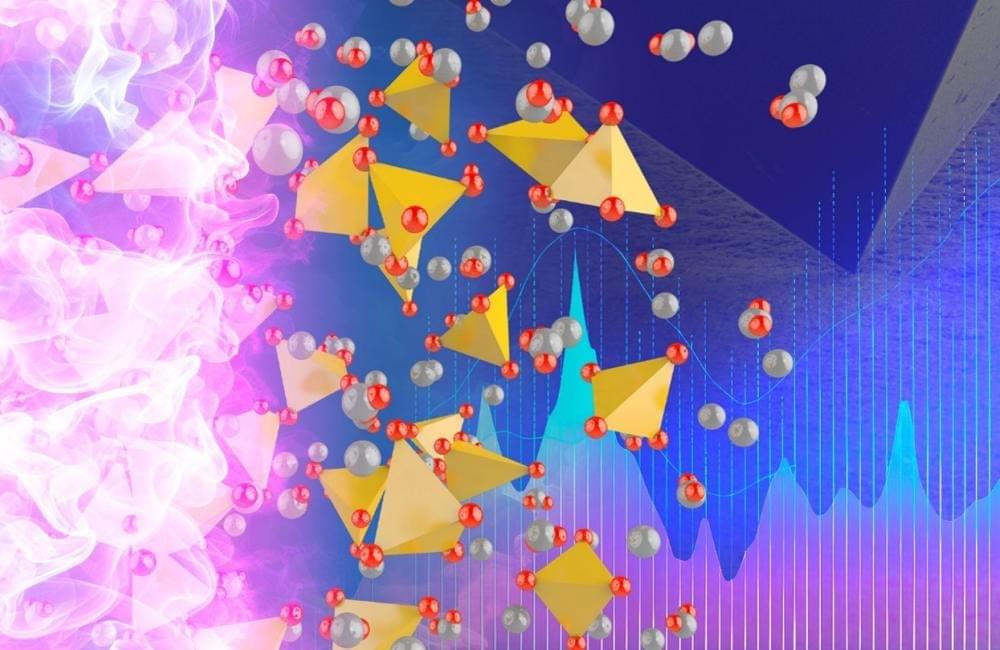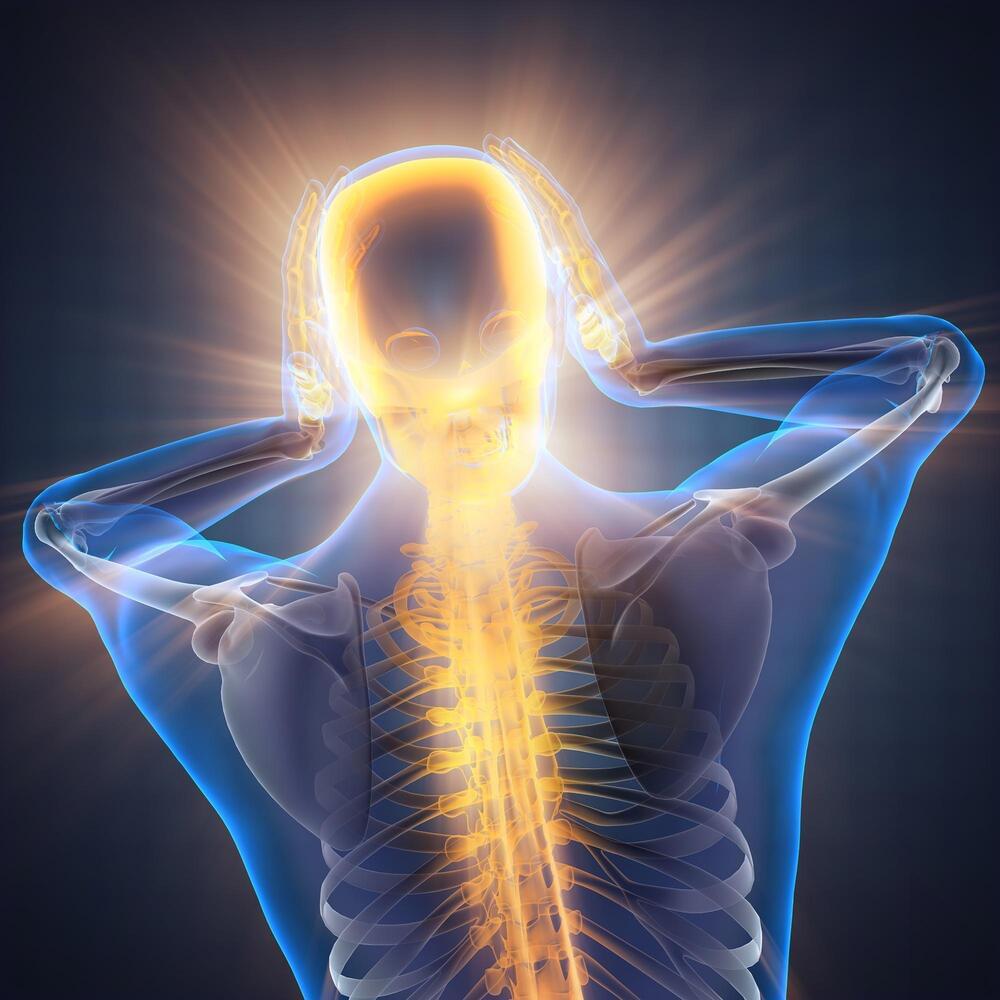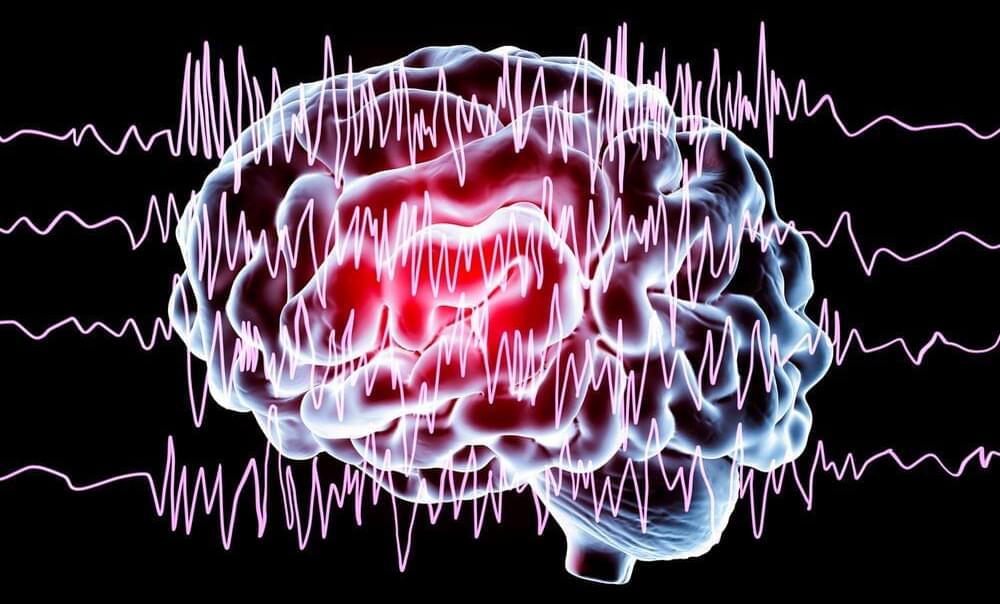The mystery of aging has fascinated people for millennia, with many willing to do anything to halt or reverse this process, because aging is typically associated with gradual deterioration of most body functions. While senescence is a natural part of life, biologists understand surprisingly little about the emergence of this process during evolution.
It is not clear whether aging is inevitable because there are organisms that seemingly do not age at all; moreover, the phenomenon known as negative aging, or rejuvenation, does exist: for example, some turtles’ vital functions improve with age.
Researchers of the Institute of Evolution led by Academician Eörs Szathmáry have endeavored to prove the validity of a previously proposed but still unproven theory of aging. The theory suggests that under the right circumstances, evolution can favor the proliferation of genes controlling senescence.
